
“Trauma is not what happens to you but what happens inside you.”
Gabor Maté is a famous Canadian physician who has written other highly influential books including “When the Body Says No”, which is also about the mind-body connection, and “In the Realm of Hungry Ghosts” about his experiences working with people with addictions. He is open about his own psychological journey as he was born in wartime Budapest and is very aware of the effects of his early life experiences on his adult patterns of behaviour and ways of relating to other people. He has also written a book called “Scattered Minds: The Origins and Healing of Attention Deficit Disorder” as he and two of his children have a diagnosis of attention deficit disorder. The title of this book feels like it describes not only modern life but also the NHS: what we have come to accept as normal is really not!
The title of this book feels like it describes not only modern life but also the NHS: what we have come to accept as normal is really not!
This is a long book. A really, really, long book, but it is hard to see what could be cut from it without losing some of the meaning. So, my one-line summary would be “Modern life is toxic to our physical and emotional health and here is the evidence as well as lots of engaging personal stories to illustrate the science!”. If I was allowed a second sentence it would be “now that you are convinced about the effect of traumatic life experiences on health, here are some ways to change that ill health, including mindfulness.”
Now I have given you a two-line summary, if you could only read one chapter let it be Chapter 28 “Before the Body Says No: First Steps on the Return to Self”. I really enjoyed Gabor’s earlier book, “When the Body Says No” but I found it hard to match my own autoimmune conditions to my mostly privileged life. I found I wanted to blame myself for my illnesses, although I managed not to feel this way towards my patients. This chapter focuses on a methodology developed by Gabor called ‘Compassionate Inquiry’ and it deepened my understanding. I am sure that many GPs would personally benefit from thinking about this method as it encourages honest but compassionate self-enquiry, using the following questions:
1. In my life’s important areas, what am I not saying no to?
2. How does my inability to say no impact my life?
3. What bodily signals have I been overlooking? What symptoms have I been ignoring that could be warning signs, were I to pay conscious attention?
4. What is the hidden story behind my inability to say no?
5. Where did I learn these stories?
6. Where have I ignored or denied the ‘yes’ that wanted to be said?
Gabor gives many examples of people who have been able to have ‘conversations’ with their chronic diseases and see how illness is their body’s way of telling them there is a problem. Some describe it as an alarm system that they might be suppressing an emotion or tolerating a situation that really they shouldn’t. I am reminded of a series of emotions books I bought for my primary school aged children. Each book in the series starts with the statement: “We all have emotions, or feelings, all the time. Our feelings are very important. They help us to think about the world around us and know how we want to react.” I read these books to my children at bedtime multiple times before I really understood! I am better able to notice and take heed of strong emotions rather than denying or suppressing them. Maybe a recent eczema flare makes sense when I consider some family stressors that required a lot of physical and emotional input to resolve. Perhaps even the running injury of the spring might begin to make some sense if I really wanted to think about it.
Racism rightly features throughout the book, as it still causes trauma to a significant portion of our population. The impact of previous generations’ racist trauma carries on today, not just via ingrained societal factors but also via epigenetics (the modification of gene expression due to environmental factors). Gabor highlights the link between dysfunctional coping strategies developed by marginalised groups and their subsequent emotional and physical ill health. The chapter “Society’s Shock Absorbers: Why Women Have It Worse” robustly explains, not only the higher rate of mental health conditions, but also many autoimmune conditions in women. His explanation of how patriarchal culture forces women to be the default caregiver in most relationships really resonated with what I observe in my practice population.
We learn at a young age that we must suppress some of our ‘unwanted’ emotions so that we can receive the attachment that we need from our caregivers.
The author slightly lost me in his psychedelic shamanic healing session in a Tipi in Peru. In some ways I really admire his total open heartedness to look beyond the conventional, but I am not convinced that it is a realistic form for therapy for me or my patients! However, if I agree with everything in a book, it makes me suspicious that I am not being critical enough, so this chapter proved that I do agree with almost everything else he said.
In his chapter “A Traumatic Tension: Attachment vs. Authenticity”, Gabor discusses how we can have a conflict between our biological need for attachment to other humans and being our authentic self. We learn at a young age that we must suppress some of our ‘unwanted’ emotions so that we can receive the attachment that we need from our caregivers. If authenticity is suppressed too much, we may seek dopamine hits from something other than relationships. To illustrate this, Gabor quotes Vincent Felitti (of the now famous 1998 Adverse Childhood Experiences (ACE) study ) about addiction: “It’s hard to get enough of something that almost works”. This is clearly understandable in addiction but reminds me of the constant daily urge (driven by advertising, media, and peer pressure) to consume, upgrade, acquire and purchase. We keep believing that we will be sated, but we never are.
The book is part textbook, part popular-psychology book and part self-help book. Large parts of it validate the things I have noticed about health and ill health from my 15+ years in General Practice (as well as my 44 years of life!). I think it would resonate with most GPs and might be relevant to recommend to some of our patients.
Featured book: The Myth of Normal: Trauma, Illness and Healing in a Toxic Culture by Gabor Maté with Daniel Maté, Penguin Random House UK, 2022, 550 pages, ISBN: 978-1-78504-271-3
Featured photo taken by Andrew Papanikitas, 2023




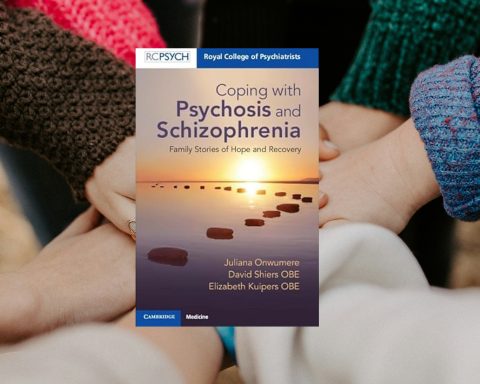
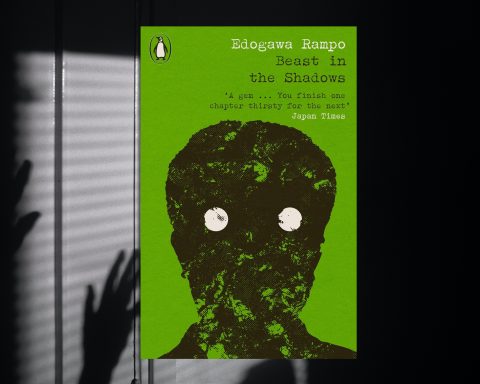
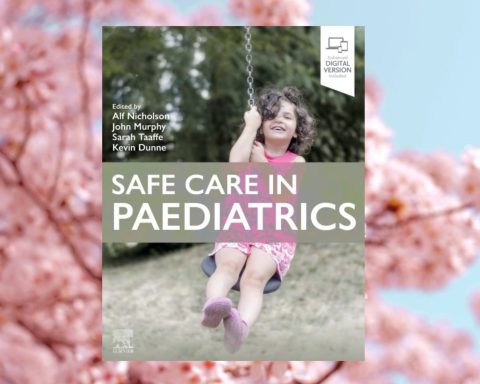
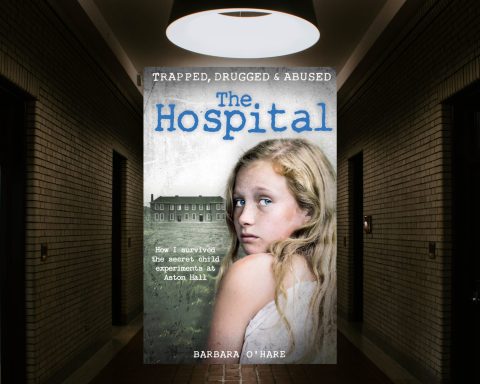
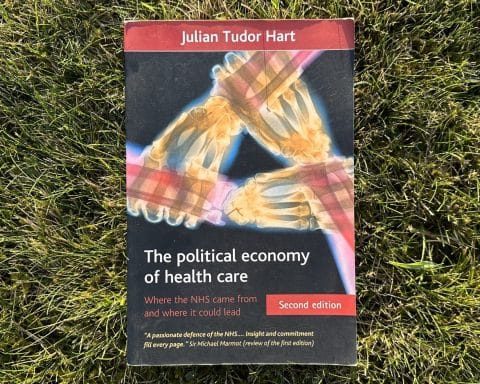
Gabor did not write -When the Body Says No.
https://blackwells.co.uk/bookshop/product/When-the-Body-Says-No-by-Gabor-Mat/9781785042225?gad_source=1&gclid=Cj0KCQiAnfmsBhDfARIsAM7MKi1bqTBylpsnCvGXedSLHsrzz1CZ2Fjyguuno9YuFe1mvfWh3SNYxd4aAkcsEALw_wcB
[…] commenter pointed to Gabor Maté’s line, “It’s hard to get enough of something that almost […]